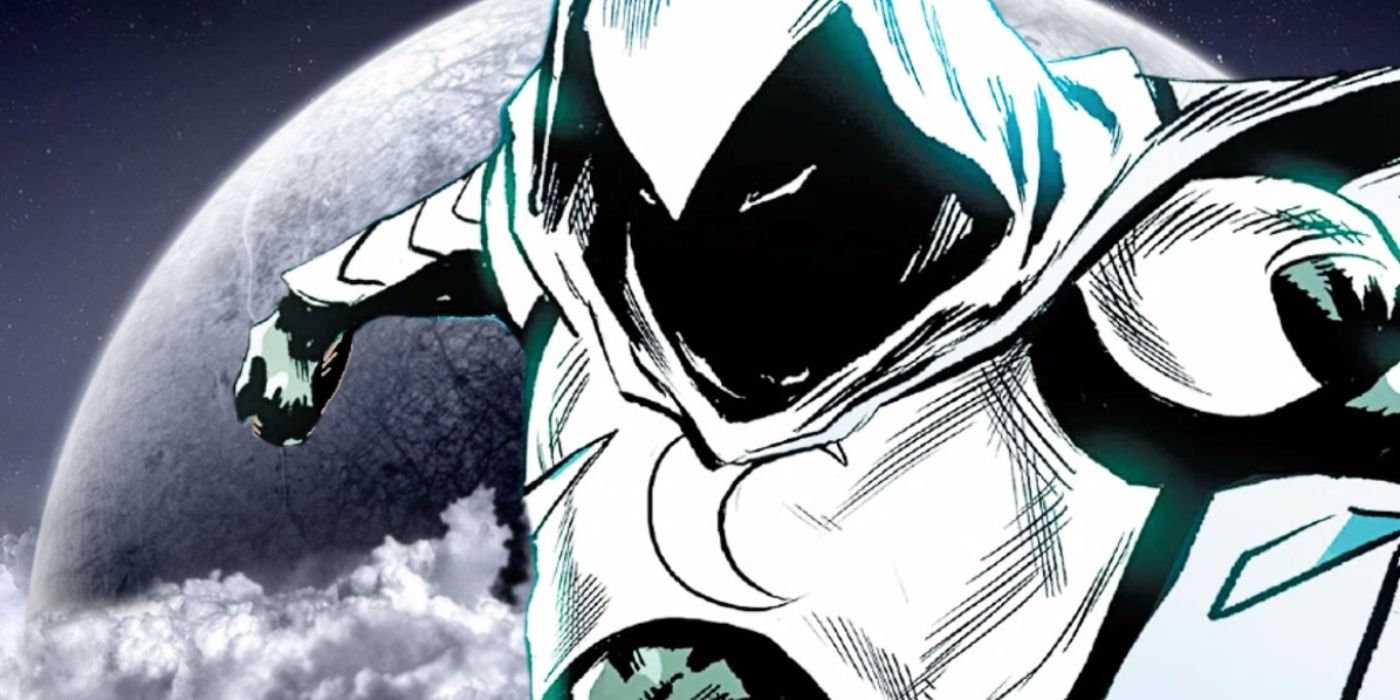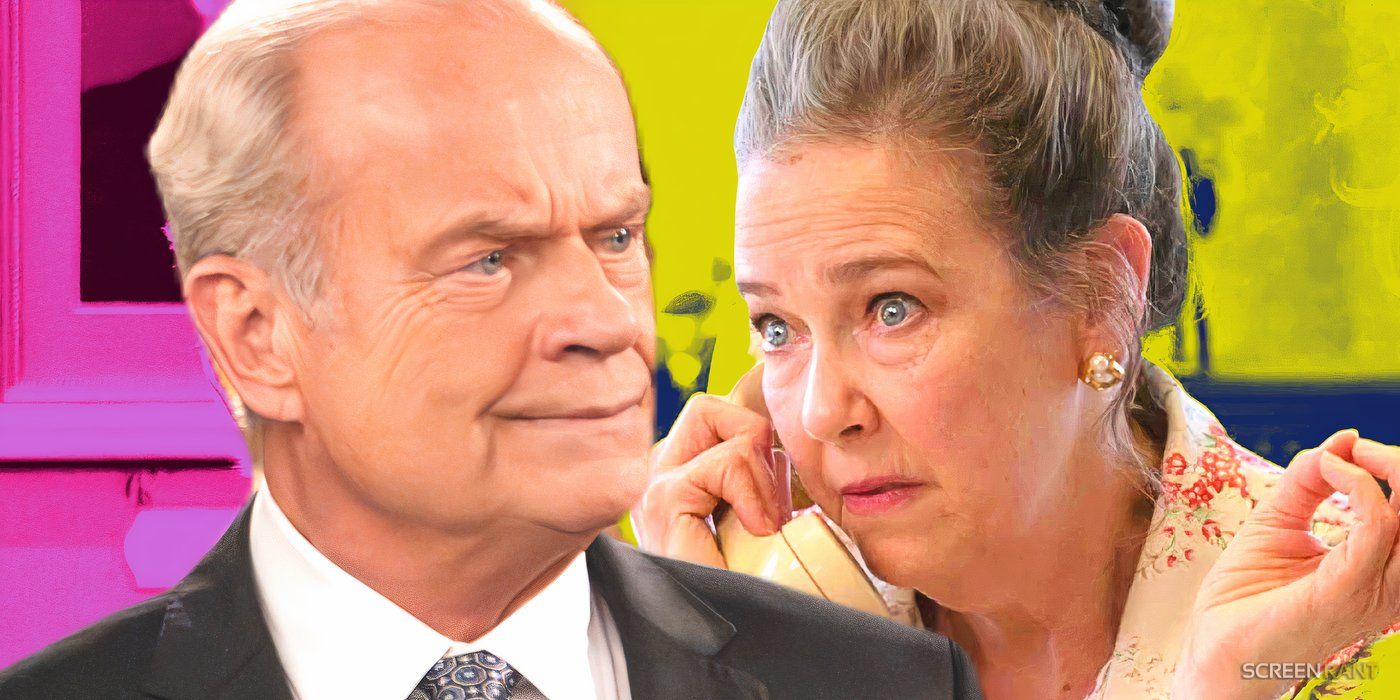Spoiler Alert: This article contains spoilers about Feud: Capote vs. The Swans!
Feud: Capote vs. The Swans examines the conflict that erupted in 1975 when author Truman Capote published an article exposing the secrets of New York City’s most influential socialites, whom he affectionately referred to as his “swans,” and the FX limited series makes some changes to the true story. Written by Jon Robin Baitz, season 2 of Ryan Murphy’s anthology series (the first of which investigated the Hollywood rivalry between Bette Davis and Joan Crawford) takes its source material from Laurence Leamer’s 2021 book Capote’s Women: A True Story of Love, Betrayal, and a Swan Song, and chronicles not just Capote’s betrayal of the swans, but their righteous retaliation.
Capote was effectively iced out of society for the thinly veiled pseudonyms he employed to represent the characters in Feud: Capote vs The Swans, which included their hugely influential husbands and friends, discussing everything from their extramarital affairs to their drug habits and even their life-threatening illnesses. It’s almost hard to believe what happened between Capote and his “swans”, but the artificial world the six women created and Capote inhabited was a fragile viper’s den built on precarious insecurities and secrets that, if revealed, would shatter the illusion of affluence and perfection they struggled to maintain as fading “It Girls” of the ’50s and ’60s.
6 Truman Capote Being Mistaken For Former President Harry S. Truman
Mistaken Identity During His First Meeting With Babe Paley
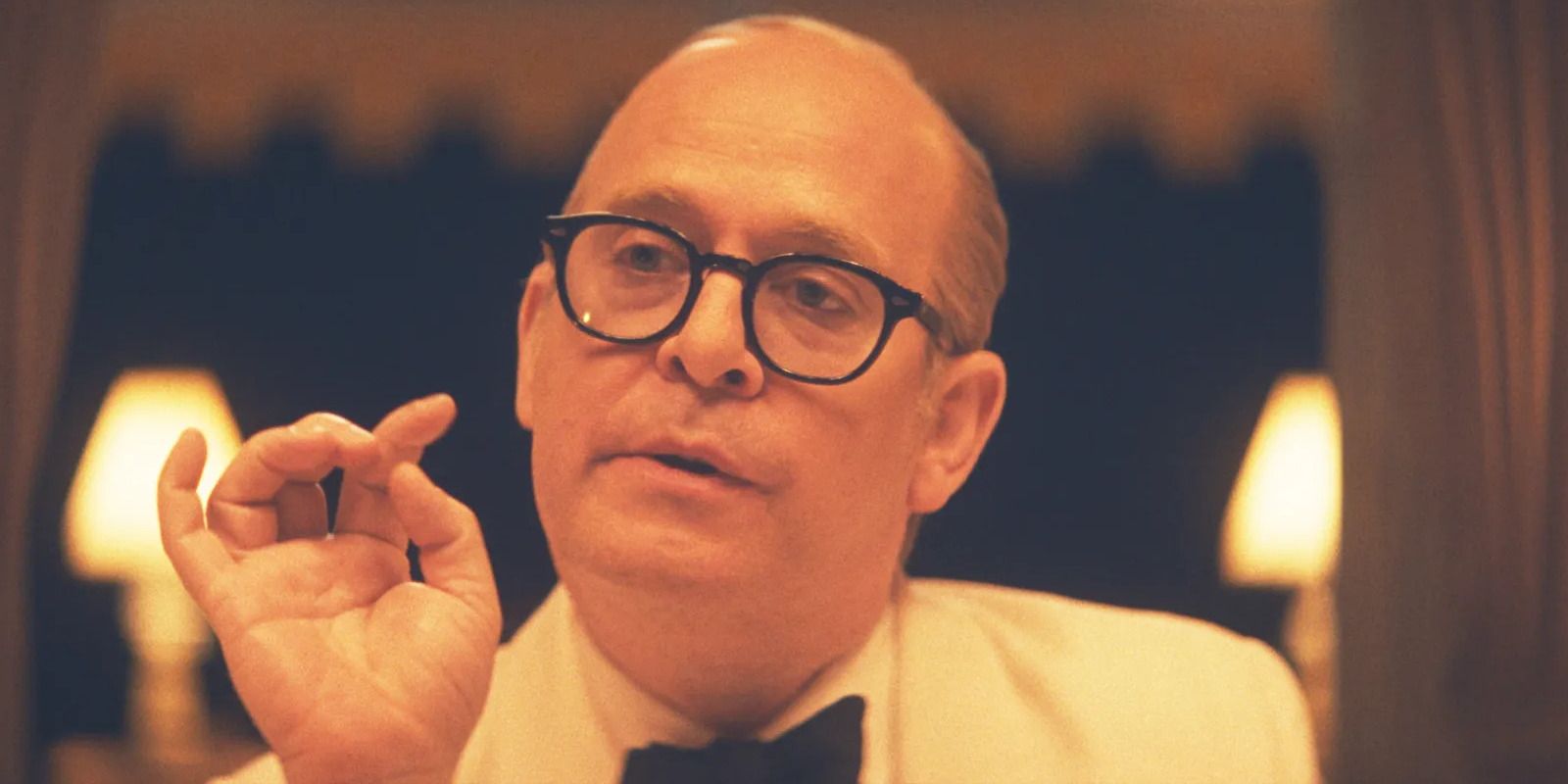
A recap of Feud: Capote vs. The Swans episodes 1 and 2 feature Truman Capote and Babe Paley’s meet-cute in 1955 when David O. Selznick invites Capote to the Paley’s Jamaican home. Initially, before he ever boards their private plane, “Truman” is mistaken for former president Harry S. Truman until he shuffles onto the airstrip and gives his signature wave. The case of mistaken identity allows the author to launch into a diatribe about all the politicians he’s met and impress the cohort immediately with gossip about their lives, a harbinger of events to come.
While the introduction of Capote to Babe is mentioned prominently in Capote’s Women, the way it occurs, particularly the joke about Capote being compared to Harry S. Truman, is a re-creation rather than a factual account of what happened during that fateful plane trip. The scenario accomplishes several things; highlighting Capote’s gift for gab and storytelling, showcasing his ability to captivate an audience, and indicating that the very aspects of his raconteur personality that his courtiers admire will be what they detest about him later.
5 Truman Capote & Babe Paley Interacting After “La Côte Basque 1965”
Capote Badly Wanted Closure From Babe
Feud tries to give a moment of closure to Truman Capote and Babe Paley’s relationship by having them share a bittersweet interaction after Capote’s scathing article in Esquire. By all accounts, Babe Paley never spoke to her former best friend ever again, dying of lung cancer in 1978 without ever seeing him. The brief scene effectively communicates the hurt and betrayal between both of the characters, neither of whom seemed to ever feel truly “seen” by the other, both feeling as though they’re witnessing each other’s true modalities for the first time, all artifice and pretense dropped in one savage act of literary brutality.
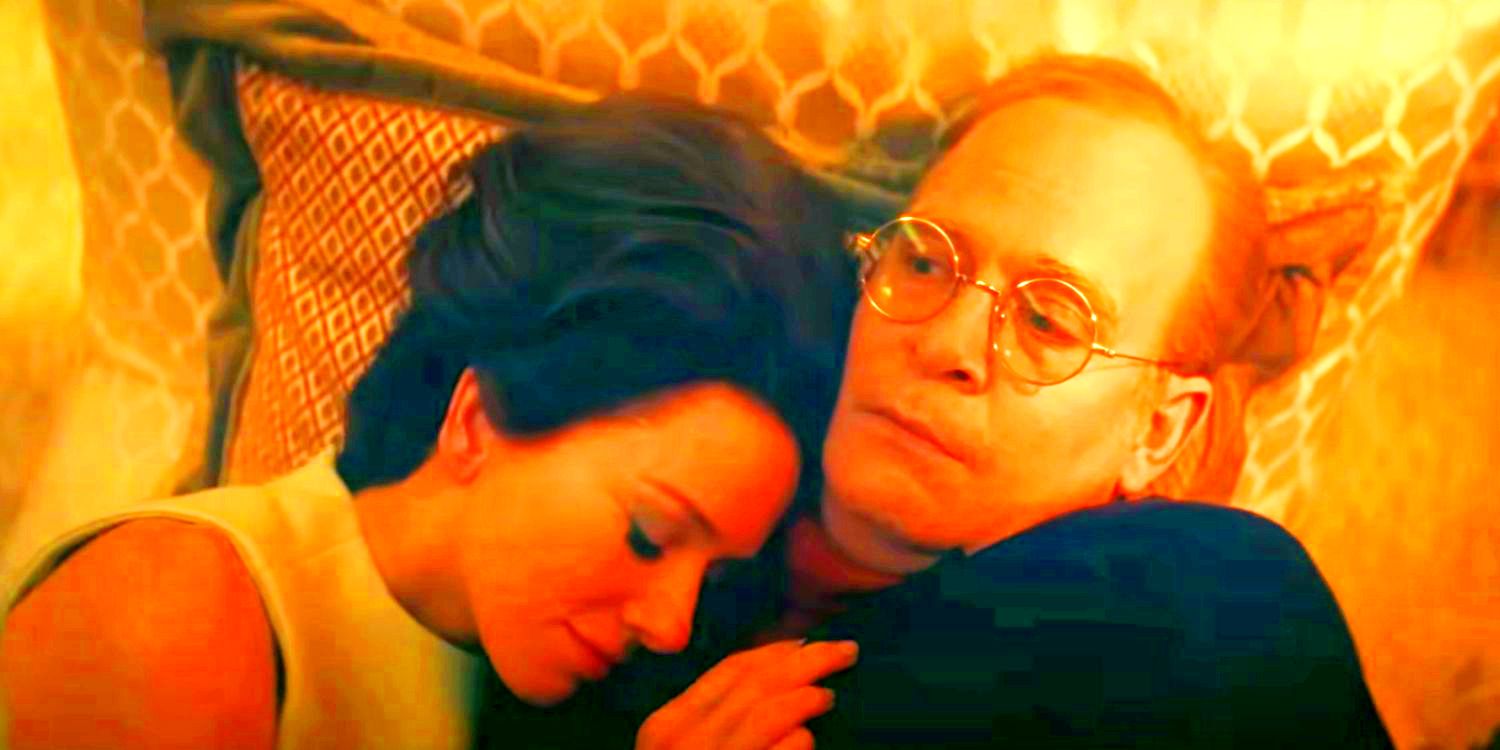
Related
Why Feud: Capote Vs. The Swans Has A Disclaimer
FX added a disclaimer in the end credits for Feud: Capote Vs. The Swans, the second installment in the series about famous Hollywood rivalries.
4 John O’Shea Inspiring Truman Capote To Write “La Côte Basque 1965”
Why Capote Wrote The Esquire Article Remains Vague
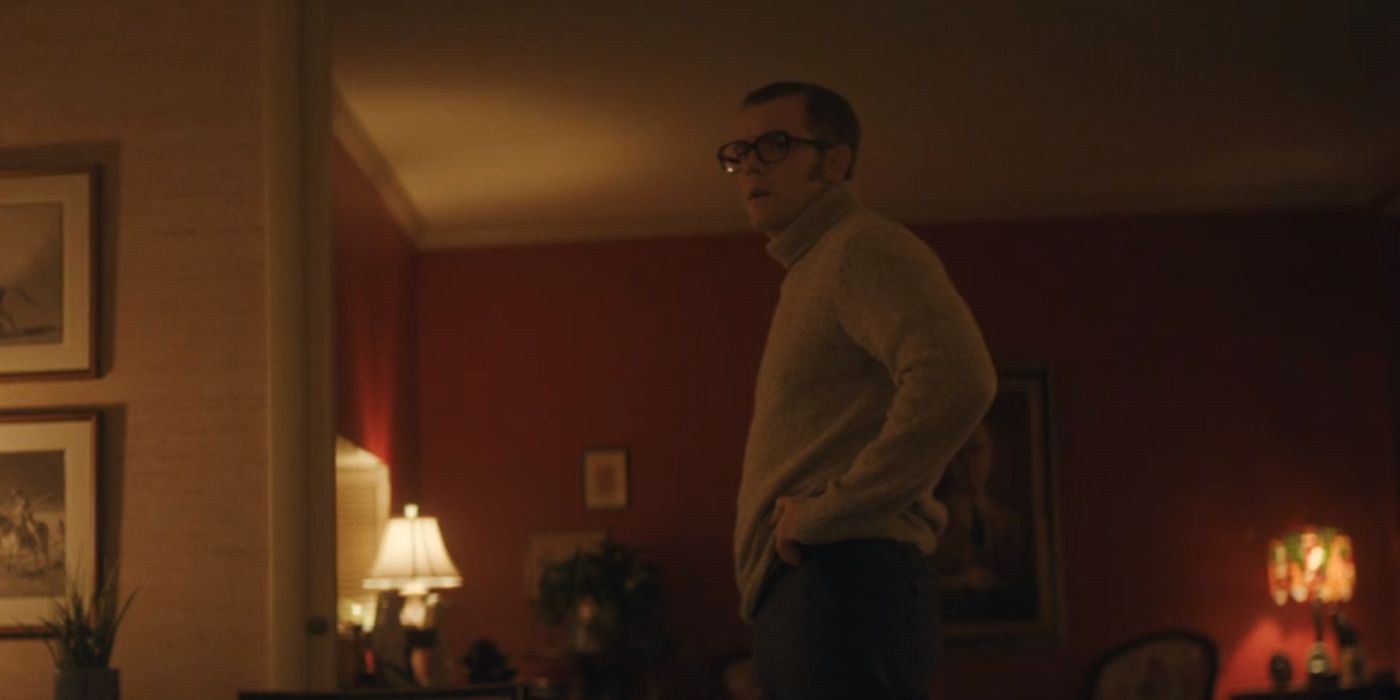
Truman Capote meets John O’Shea in a bathhouse in the first episode (which happened), and the two become lovers despite O’Shea being married with children and claiming to be straight. O’Shea only appears in a few pages of Capote’s Women, so Feud: Capote vs. The Swans has to take some creative liberties with his inclusion over several episodes. It’s unknown whether he was the mastermind behind Capote’s decision to mine his lunches with the Swans for suitable material for his next opus “Answered Prayers,” but placing the inspiration with him makes him a much more integral part of Capote’s story.
Despite Capote having a longtime partner, Jack, for decades, O’Shea was a frequent, and incredibly violent, figure in Capote’s life. O’Shea’s explosive anger not only showcases the dangers of being a gay man in the 20th century, it also reflects the great deal of self-loathing experienced by both O’Shea and Capote. They both wrestle with their sexuality not being accepted by the rest of society, and their cutting remarks to one another often typify more self-destructive behavior, acting as a form of punishment for a perceived abnormality that is tragic to watch.
3 Slim Keith’s Plan To Destroy Truman Capote
Slim Closed Ranks After Capote’s Betrayal
At lunch with Babe Paley following the publication of the Esquire article, Slim Keith declares war on Truman Capote for the shame he’s brought on her and her friends. While this serves as a melodramatic end to the first episode of Feud, by all accounts Slim didn’t exert a great deal of energy returning fire with fire and ruining Capote’s reputation. Slim, like Babe, simply never gave the author the time of day again, and the cold shoulder of indifference was crueler than any method of closing ranks she might have deployed, but the series does suggest that if not for Slim, the rest of the Swans might not have ostracized him.
In episode two, Slim Keith’s fixation on ruining Truman Capote extends to not only bribing C.Z. with an opulent gift, but lying about where it came from; she explains that Babe was too sick to make a trip to see her, but wanted her to have her coveted Verdura bracelet, worth tens of thousands of dollars, a gesture which, when combined with Slim’s pointed crucifying of C.Z.’s association with Truman, effectively makes her feel so guilty for going against Babe that she accepts the bracelet and uninvites Capote to her Thanksgiving dinner.
2 The Deaths Of Ann Woodward & Lee Radziwill
Two Women Whose Deaths Were Slightly Altered
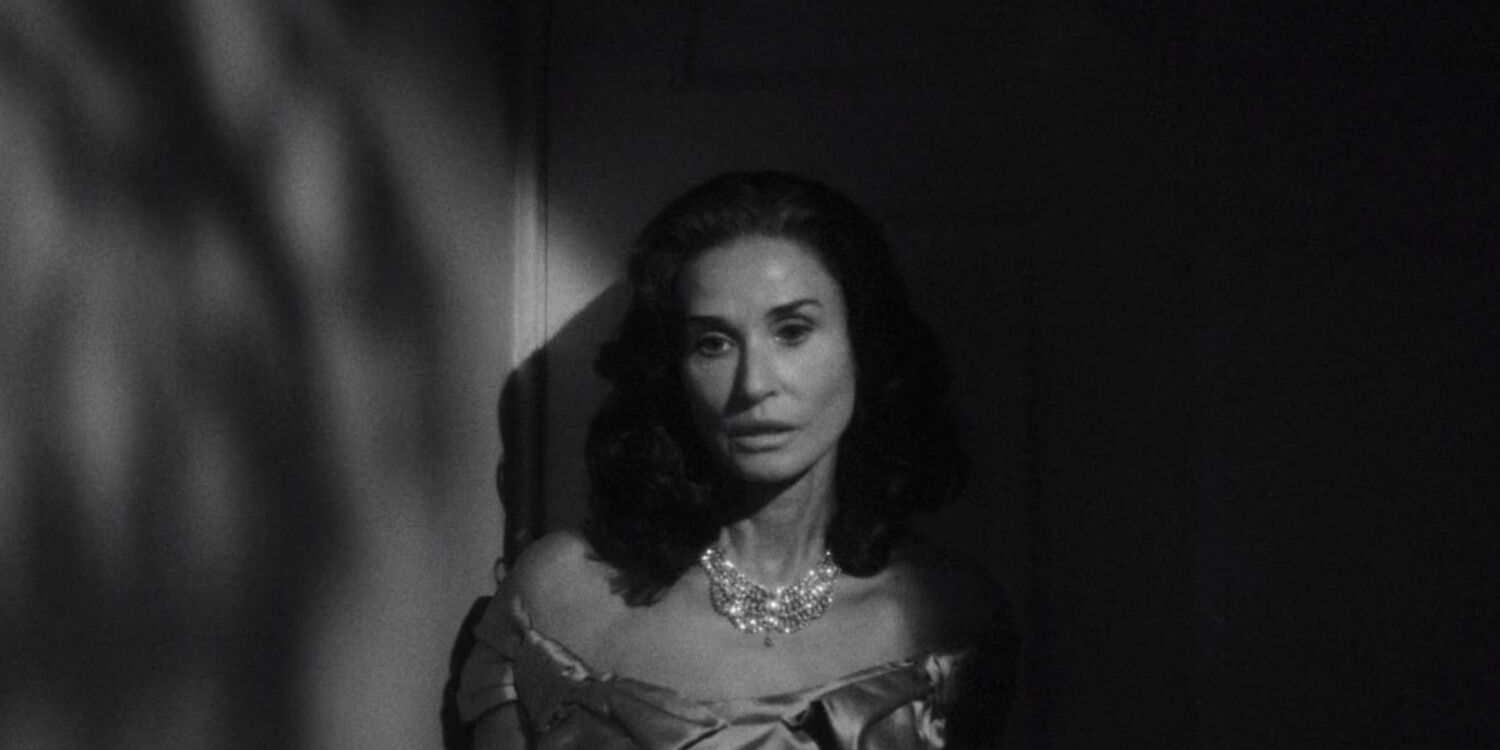
Feud shows Ann Woodward taking cyanide three days before “La Côte Basque 1965” was published. The series suggests that she obtained an advanced copy of the article and its damning contents led to her taking her own life, but neither Capote’s Women nor other books that highlight that event in detail suggest she had any idea what the contents of the article would be. Woodward did have a hand in her husband’s death, as Capote suggested, so it’s also possible that her own guilt, magnified by the ugly press campaigns Capote launched against her, had something to do with her choice.
Lee Radziwill, sister to Jacqueline Kennedy Onassis, doesn’t appear in Feud much but Calista Flockhart captures the biting wit and outrageous personality that came from wanting to stand outside of her sister’s shadow. Capote teases her inability to stay on a career path (he even wrote a film script for her), though the series does indicate she was a talented interior designer. The major liberty that the series takes with Lee comes in the form of killing her off prematurely by three years, perhaps to magnify and concentrate the loss Capote suffered around that time.
1 Truman Capote’s Hallucinations
Capote’s Mother Makes Several Spectral Appearances
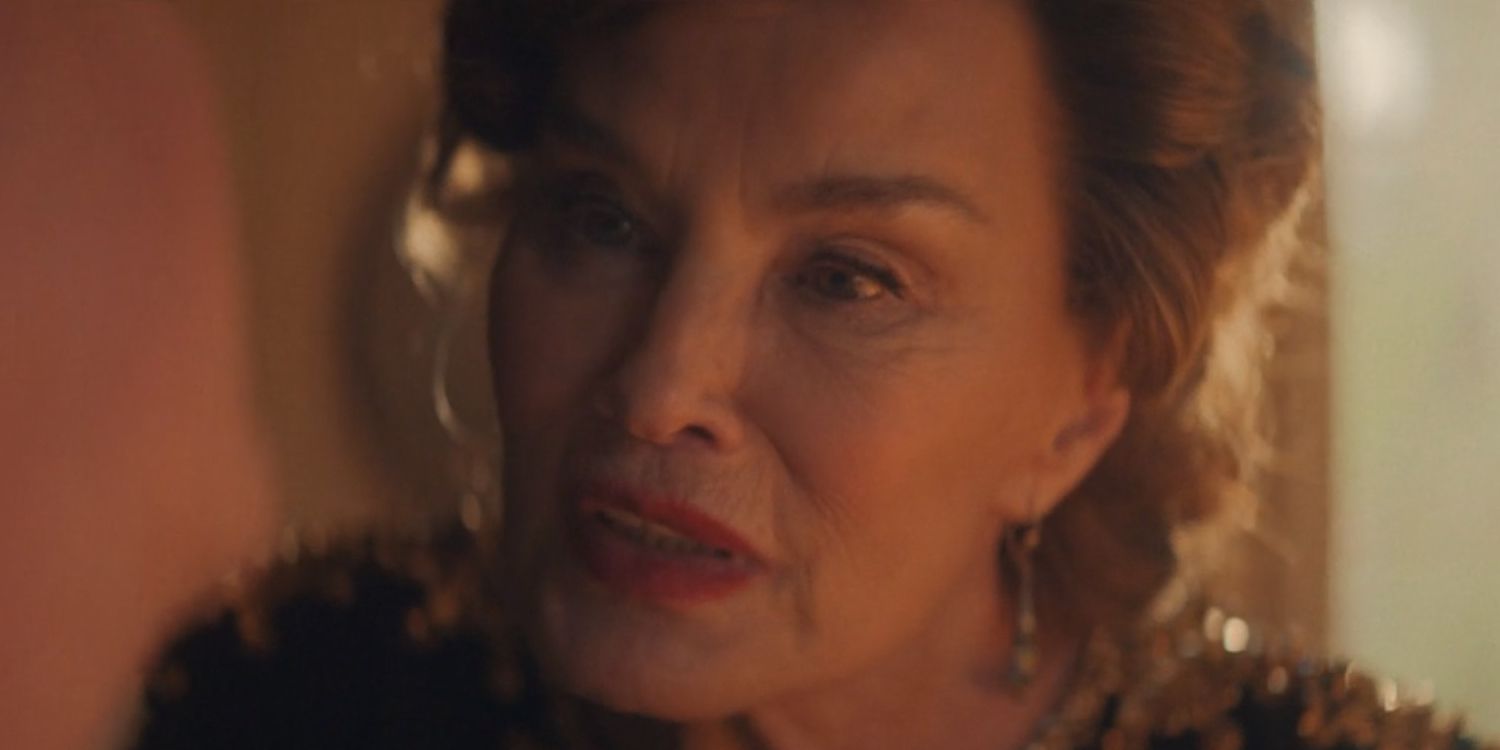
Ryan Murphy mainstay Jessica Lange arrives in the second episode as a hallucination of Truman Capote’s mother. Capote’s mother left him at age ten in the care of relatives, eventually sending for him when she secured a wealthy husband and could move him to the East Coast, where he had his first taste of the opulence and elitism of New York society. He never forgot the feelings of being abandoned, however, and he took note even as a boy how his poor, “odd” Southern mother wasn’t allowed to fit into Manhattan society, which may have contributed to her taking her own life (which she urges Capote to do as well).
Since Capote is mostly alone in the room in these interactions in Feud: Capote vs The Swans, none of them can be corroborated by witnesses, though he did, in his final days in 1984, purport to see his mother in Joanne Carson’s house. Murphy therefore deftly uses Lange to communicate key themes of inferiority and neglect in Capote’s life, implying that in many ways, his publication in Esquire was a direct defense of his mother’s integrity; recognizing the hypocrisy of society’s invented rules at a young age, he sought to expose them in the twilight of his life, not just for his sense of self-righteousness, but on his mother’s behalf.


